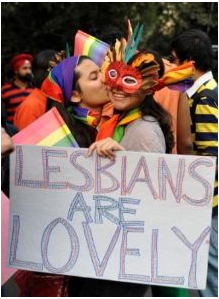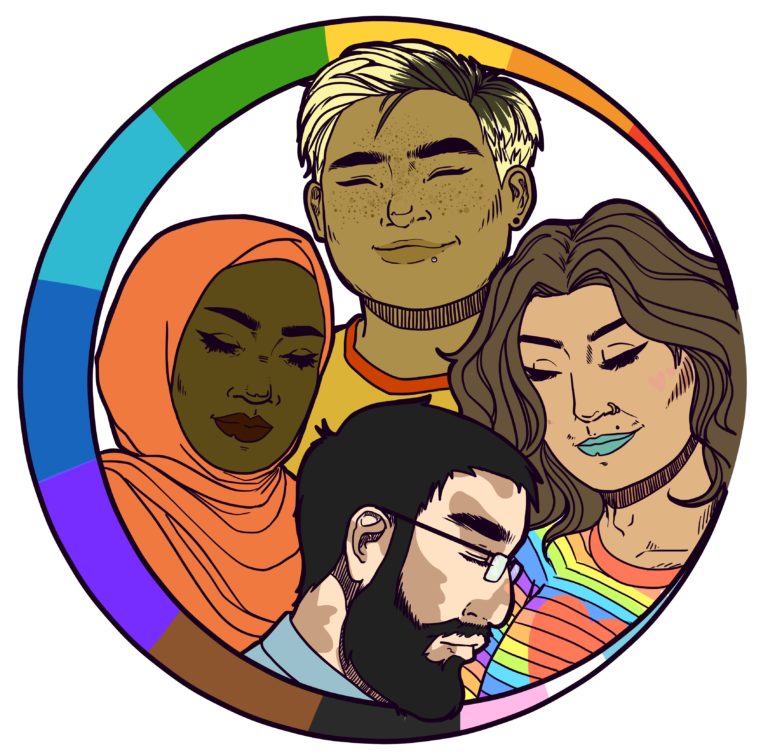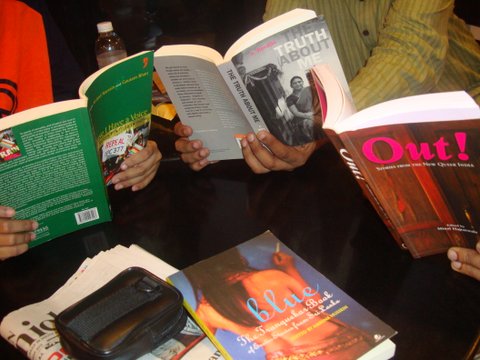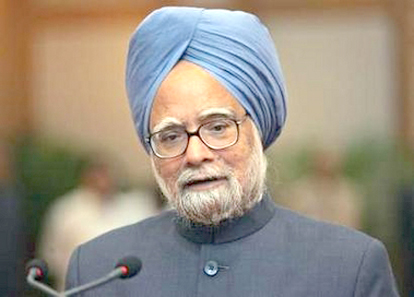The image of transwomen in Shankar’s “I” has concrete legal consequences everyday
I just finished watching Shankar’s “I” today and was sickened by the kind of hate that is shown in the film. The transgender character is depicted as a twisted, pathetic creature that lusts after Vikram. She makes lewd expressions and gropes him constantly, leaving him embarrassed and disgusted. She eventually tries to get him drunk in order to lure him into bed; when he rejects her, she crumples into tears. The camera zoomed in on her face as it crumpled; this received thundering applause from the audience. She eventually plots her revenge and becomes one of the main villains of the film.
I thought immediately of a transgender friend of mine who suffered a major loss late last year. Her Nani, a close relative within the trans community, was stabbed to death in her own home. Her savings, amounting to a few lakhs, and jewellery, had been stolen. The police refused to investigate the case. She had been living with a man that she considered her partner, whom she cared for and gave much of her money to. My friend was certain that this man was involved in the murder. Finally, after a struggle on the part of local activists, the man was questioned. He accused her Nani of “sexually torturing” him. This “sexual torture”- whatever that means!- must have been so unbearable, my friend remarked sarcastically, that he had no choice but to murder her and take all her money! Despite all this evidence, in the minds of the police and the public, the heterosexual man was blameless and the murdered person was the villain.
Even after her demise, my friend’s Nani was suspected of having abetted her own murder. This incredible reversal was achieved by invoking the image of the deceptive, sly, oversexed transwoman, who turns cruel when refused. Transgender people endure horrific kinds of bodily violation everyday because of this image, and they are repeatedly held to blame for this same horrific suffering. This is the image that Shankar has exploited in this film, to the great enjoyment of the audience.
A few days ago, on January 17, 2015, Pravallika, a hijra sex worker in Hyderabad, was murdered [1]. The police refused to investigate the case. The murder was the culmination of a steadily rising tide of transphobic violence. Activists had repeatedly told police how hijra sex workers were pelted with large stones, thrashed on their heads with beer bottles, slit with sharp knives on their limbs, faces and genitalia, and robbed of their income and savings [2]. On Jan 20, the police finally decided to intervene, by interrogating Pravallika’s friend, another hijra sex worker. They confiscated her cell phone and locked her in the police station for 4-5 hours. They made her strip naked and manhandled her body, claiming to “check if she was really a transwoman”. She had not had a penectomy, but cited the recent NALSA judgment by the Supreme Court, asserting the right of a person to claim trans identity independent of surgical status [3]. The police did not stop manhandling her. She was eventually forced to admit that she was HIV positive and that she could not bear the cold for so long. Their only response to this was to cover their face and mouth when they came near her; they did not return her clothes. They have now accused the community of conspiring to kill Pravallika.
The same week, on January 22, a transgender sex worker was picked up for questioning regarding a murder case in Pulianthope police station, Chennai. Police suspended her by her legs from the ceiling and inserted a lathi into her post-operative genital opening. They left her hanging and bleeding for hours. The next day, they arrested someone else and let her go. She is currently receiving treatment at Stanley Medical College Hospital. Some activists associated with Nirangal are trying to file a human rights violation report against the police.
In 2008-2009 there were multiple cases in Chennai and Bangalore, accusing transgender women of “deceiving” innocent men. With minor variations, news reports claimed that transwomen lured these innocent heterosexual men into their dark lair, castrated them, and forced them into prostitution. Following these cases, the Bangalore police raided hundreds of hijras’ homes in the neighborhood of Dasarahalli, leaving many homeless and bereft of all their belongings. These raids have increasingly become a common occurrence, along with other kinds of violence on trans bodies, perpetrated by police, rowdies, family members, and the general public.
Some people still obstinately argue that these are “stereotypes” that don’t reside in real life. “I mean come on yaar, Bollywood stereotypes everyone! Look at “Chennai Express”!”. These people miss the fact that the image of the deceptive, cruel transgender woman is much more than a harmless stereotype. It is a construct of our criminal justice system, dating back to the 19th century.
In 2009, the Karnataka Government amended The Police Act to include a clause permitting “the registration and surveillance of all eunuchs reasonably suspected of kidnapping and emasculating young boys” [4]. The wording of the act borrows almost verbatim from The Criminal Tribes Act of 1871, a colonial-era legislation premised on the notion that certain communities “breed” criminal tendencies. The law holds that in the case of such “innately criminal” communities, suspicion of committing a crime, or of planning to commit a crime, is enough reason to detain an individual without trial for up to one year. In Tamil Nadu this lives on in the form of “The Goondas Act”, under which Section 377 was recently brought [5].
The “deceptive cruel transgender woman” is an image into which real police conduct real investigations that cost real money, for which real people are jailed and really killed, for which real newspaper reporters are sent to cover real cases that happen in real courts. Try laughingly telling the person suspended from the ceiling of Pulianthope police station, bleeding for hours: “Lighten up, yaar! It is just a stereotype! Over time, we will educate the police! For now, its just a movie!”
The suffering of transgender people has been extensively documented. There is ample evidence to show that it happens everyday, everyday, everyday [6]. Yet the transgender person emerges as the sick monster that is responsible for their own suffering. Something about the laughter in the theatre today seemed to indicate how this reversal happens. Witnessing and documenting trans suffering doesn’t provoke outrage: instead it becomes a kind of pornography, a fodder for deep and genuine enjoyment. When witnessed, for some it leaves no impact; they feel a sense of unruffled calm no matter how loud the noise. For others, it even provokes a real sense of pleasure: smiles, big belly laughs, thundering applause. The pain turns into a kind of tragicomedy, a lilting music.
References
[1] https://orinam.net/statement-telangana-hijra-transgender-samiti-to-condemn-police-brutality/ [2] https://www.facebook.com/telanganahijratrans [3] http://www.lawyerscollective.org/updates/supreme-court-recognises-the-right-to-determine-and-express-ones-gender-grants-legal-status-to-third-gender.html [4] http://infochangeindia.org/agenda/access-to-justice/policing-hijras.html [5] http://www.thehindu.com/opinion/editorial/goondas-act-preventive-detention-law-in-tamil-nadu-amendments-a-threat-to-personal-liberty/article6332457.ece [6] http://www.pucl.org/Topics/Gender/2004/transgender.htm
More articles on “I” on Orinam and mainstream media
Smiley’s letter to Director Shankar: https://orinam.net/ta/open-letter-to-director-shankar-i-ta/
News coverage of protests against “I”: http://www.thehindu.com/news/cities/chennai/transgenders-speak-out-at-second-protest-against-i/article6817247.ece




